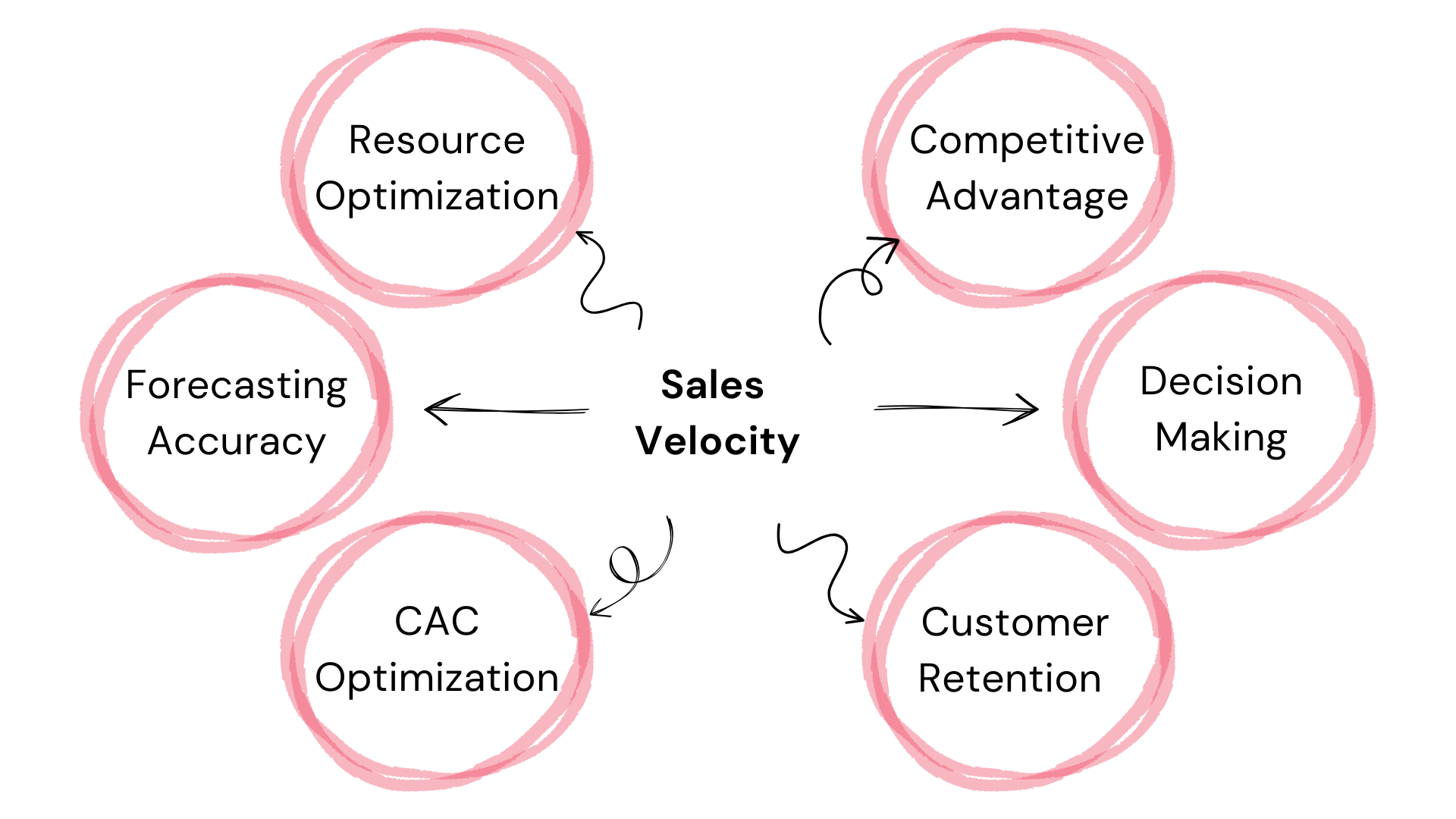Home » PSApedia
Sales Velocity
Accelerate your business success with Sales Velocity optimization. Boost conversions and maximize revenue impact.

What Is Sales Velocity?
Sales Velocity is a metric that evaluates the speed and efficiency of the sales process within a business. It measures how quickly opportunities move through the sales pipeline, reflecting the effectiveness of the sales team in converting leads into closed deals.
In Professional Service Automation (PSA), Sales Velocity is a crucial metric that measures the rate at which a business converts its sales pipeline into revenue. It’s a composite measure that factors in the number of opportunities, average deal value, win rate, and length of the sales cycle.
The Importance of Sales Velocity in PSA
This measure is extremely significant since it has a direct bearing on how well a business generates revenue and performs overall in sales. Increased revenue and business expansion are the results of an effective and productive sales process, which is shown by a high sales velocity.
1. Revenue Forecasting: Sales Velocity is integral for accurate revenue forecasting and financial planning.
2. Operational Efficiency: High velocity indicates efficient sales processes and effective client acquisition strategies.
3. Performance Benchmarking: It serves as a benchmark to gauge the effectiveness of the sales team and strategies.

The Importance of Sales Velocity
How to calculate Sales Velocity?
Sales Velocity is calculated by multiplying the number of opportunities by the average deal value and the win rate, then dividing by the average length of the sales cycle.
The formula to calculate Sales Velocity is:
Sales Velocity = (Number of Opportunities × Average Deal Size × Win Rate) / Length of Sales Cycle
- Number of Opportunities represents the total number of potential deals in the sales pipeline.
- Average Deal Size signifies the typical monetary value of a closed deal.
- Win Rate indicates the percentage of successfully closed deals.
- Length of Sales Cycle refers to the average time taken from opportunity creation to deal closure.
Example:
Suppose a company has 100 opportunities in the pipeline, with an average deal size of $5,000, a win rate of 20%, and a sales cycle length of 60 days. Applying the formula:
Sales Velocity=100×5000×0.20/60=1,000,000/60=16,666.67
Thus, the Sales Velocity for this company stands at $16,666.67 per day.
Differences Between Sales Velocity and Other Sales Metrics
1. Conversion Rate: While conversion rate focuses on the percentage of leads that convert to customers, Sales Velocity considers the speed and value of these conversions.
2. Average Deal Size: This metric measures the average revenue per sale, unlike Sales Velocity, which encompasses the rate at which revenue is generated.
| Sales Metric | Definition | Differentiating Factor |
|---|---|---|
| Sales Velocity | Rate at which deals move through the sales pipeline | Measures the speed and efficiency of the sales process |
| Pipeline Contribution | Total potential revenue generated from the sales pipeline | Indicates the total value of potential sales that can be closed |
| Sales Conversion Rate | Percentage of leads that result in a successful sale | Indicates the effectiveness of turning leads into customers |
| Average Deal Size | Mean value of individual closed deals | Reflects the typical value of closed deals and impacts revenue |
Application of Sales Velocity
Evaluating Sales Velocity helps in identifying bottlenecks in the sales process, optimizing resource allocation, and setting realistic sales targets. It aids in streamlining the sales process for enhanced productivity and revenue generation.
1. Optimizing the Sales Cycle: Streamlining the sales process to reduce the length of the sales cycle.
2. Enhancing Deal Value: Upselling or cross-selling to increase the average deal size.
3. Improving Win Rates: Refining sales techniques and client interactions to boost the success rate of opportunities.
Ready to Optimize Your Sales Processes?
KEBS offers project management software and CRM solutions that can significantly impact Sales Velocity in PSA. Utilizing KEBS analytics tools for strategic decision-making and sales optimization.
Managing the sales pipeline efficiently with KEBS CRM for quicker deal closures. Monitoring sales activities and cycle times with KEBS to identify and address bottlenecks.

KEBS Deal Management
For a comprehensive solution to boost your Sales Velocity, contact KEBS for a personalized consultation or request a demo.



